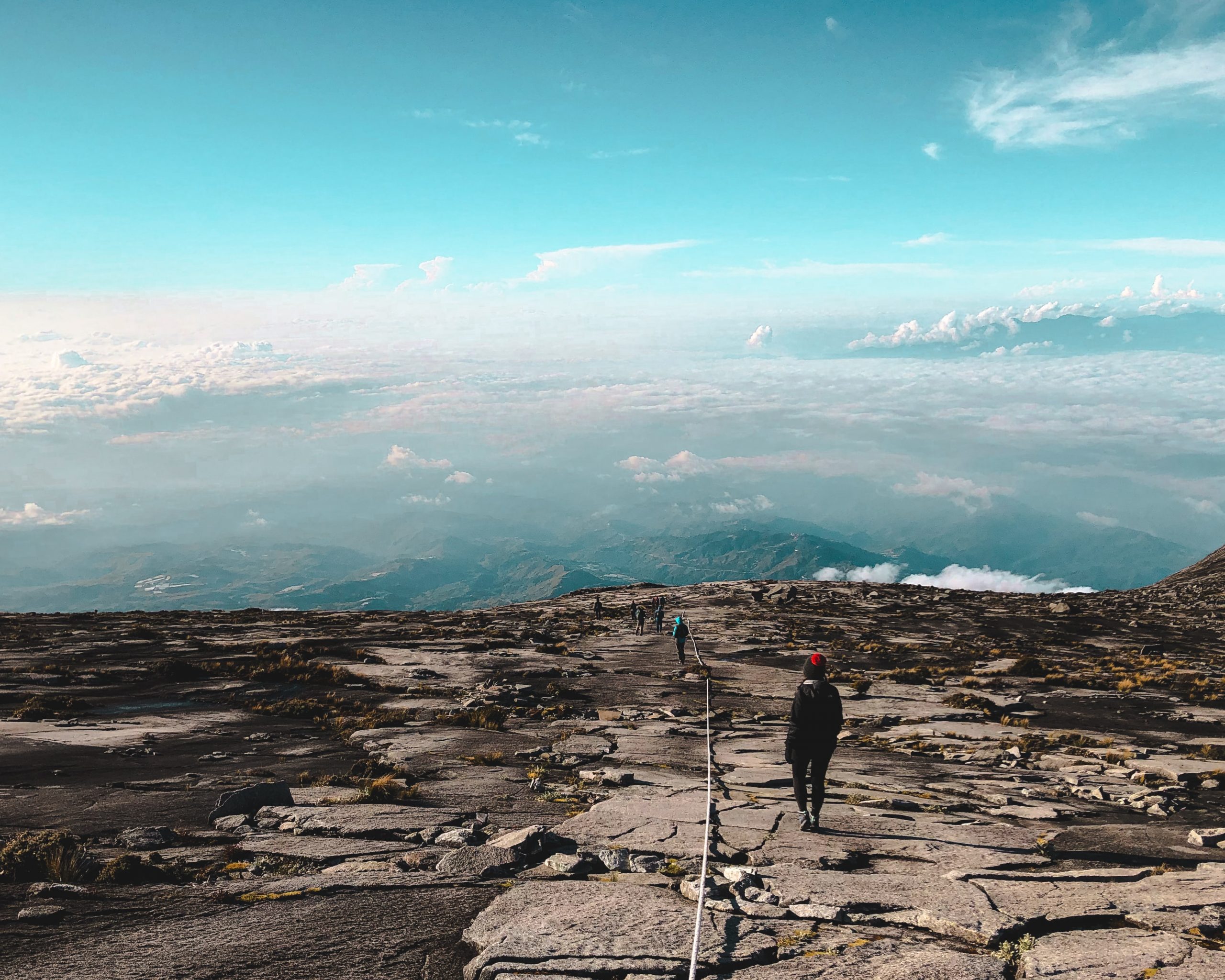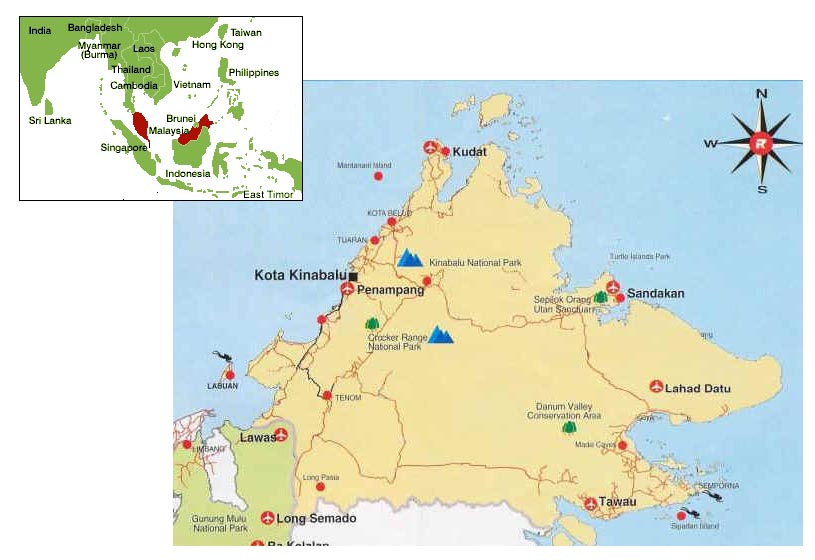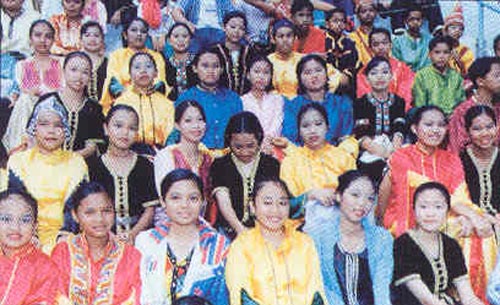
About KK
Published on Sept 11, 2008 | by dbkk.sabah.gov.my
HISTORY
However, another development occurred which became decisive for the founding of Jesselton. The Commissioner of Lands Mr.Henry Walker visited the area which is now Kota Kinabalu in July 1899 to look for a fresh site.
He inspected the South Channel from Gaya Bay and decided that the land opposite Gaya provided a suitable town site, consisting of 30 acres of flat, dry land, 6 chains wide and half a mile long, good anchorage and plenty of bungalow sites on the ridge.
To the building of this new town, yet unnamed went to the task of Mr. Haynes of the Public Works Department. On 9 November, 1899, the first work of clearing the flat ground started for the building of a pier, breakwater and Government buildings. At this time it was realized that the road construction from the new town would be relatively easy and it would become the center for the telegraph line. Shoplots were being built by the end of 1899.
The town that began to grow around this new station needed a name. It was a common practice then to name Provinces in Sabah (the system of administrative districts had not then been introduced) and new towns after the Directors of the Company.
Martin Province (the Interior) had been named after Mr. R. B. Martin, M.P., the Chairman of the Chartered Company. Admiral Sir Henry Keppel had given his name to Keppel Province. Dent Province owed its name to Alfred Dent, another Director. Beaufort had been named after the Governor of the territory, but the Vice-Chairman of the Company had not yet given his name to either Province or Town. He was Sir Charles Jessel. Thus the new township in Gaya Bay was given the name of Jesselton in 1899.
The government administration and the shopkeepers moved from Gantian to Jesselton in 1900. In the same year, a pier was built where the present Customs House now stands. The land near Tanjung Aru was noted as suitable for a race course.

LOCATION
Overlooking the South China Sea, Kota Kinabalu is the capital city of Sabah, the second largest state in Malaysia.
Sabah is located on the northern part of the Island of Borneo. The state has a land area of 750,000 km and a coastline of 14,400 km. The famous Crocker Range runs through the western part of Sabah, and a major part of this state is still tropical rainforests. Sabah is a treasure chest of nature with rich marine life thriving along the coast, abundant beaches, highlands and rainforests.
Being the capital city of Sabah, Kota Kinabalu is the modern gateway to other major towns and districts. Kota Kinabalu holds the key to Sabah’s beautiful nature attractions and wonders.

PEOPLE
Kota Kinabalu, or simply KK (an endearment used by the locals) has a population of 350,000. Kota Kinabalu is unique as it is home to people from all over Sabah, comprising 32 ethnic groups who live side by side in harmony and togetherness.
Major races include the Kadazan-dusun, Malay and Chinese. Each group carries their own colourful culture and their own traditions, festivals and customs. There are over 80 different dialects spoken in the city. The indigenous groups include the Kadazandusun, Bajau, Brunei, Rungus, Lotud, Kedayan, Bisaya and many sub-groups. The Chinese from the largest non-indigenous group of people. The national language, Bahasa Melayu, is well spoken among the locals. Other common language include Mandarin and English.









